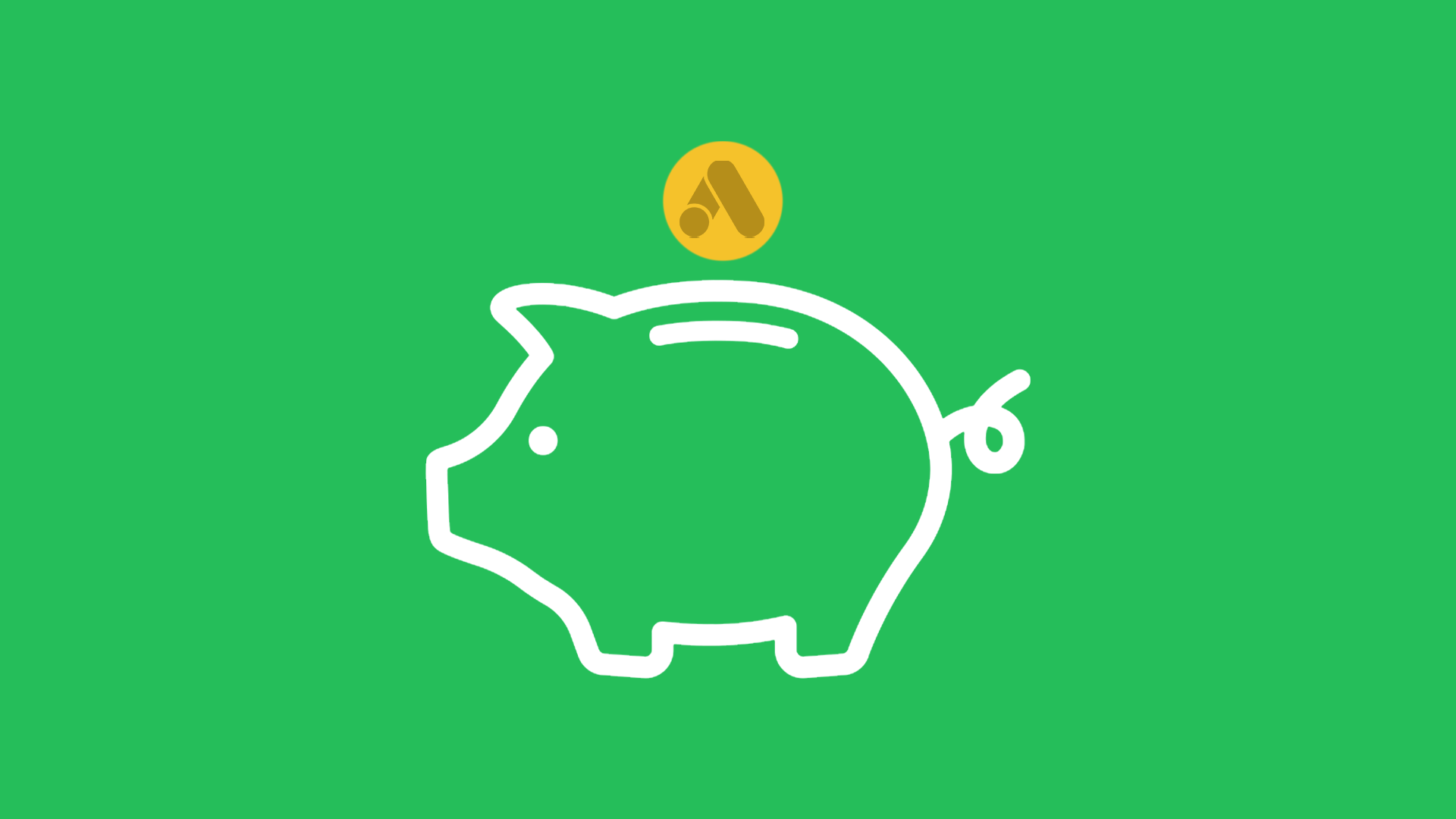When it comes to pay-per-click (PPC) advertising, Google Ads remains one of the most effective ways to position your business in front of the right audience at the right time.
However, in 2024, running successful campaigns isn’t as straightforward as it used to be. With the current economic climate, businesses of all sizes are tightening their budgets, making it crucial to use every penny wisely.
Why Google Ads is Still Worth It
Despite the complexities and budget concerns, Google Ads can deliver a significant return on investment (ROI). It offers unmatched flexibility, allowing businesses to target potential customers precisely. Yet, many advertisers find Google Ads overwhelming, often resulting in wasted budgets and disappointing results.
The truth is, with the right strategy and commitment, you can achieve sales and grow your business even with a limited budget.
At Digital Gearbox, we’ve worked with businesses of all sizes for over a decade, consistently hitting targets and achieving growth. From multinational corporations to small startups, we’ve unlocked the true potential of Google Ads.
Here are our top tips for maximising your Google Ads results, particularly if you’re working with a smaller budget.
1. Keep Your Scope Small
A common mistake advertisers make is trying to cover too much ground at once. Focusing on every product or service you offer will spread your budget too thin, reducing effectiveness. Instead, concentrate on one or a small group of products at a time.
This focused approach will help you generate better results and make your budget work harder.
2. Turn Off Search Partners
While the Search Partners feature allows Google to extend your ads’ reach across other sites and apps, it often leads to lower-quality placements. Without knowing where your ads are appearing, you risk wasting your budget.
For those with a limited budget, it’s best to stick to Google’s primary network. If you decide to keep Search Partners enabled, monitor performance closely over 90 days and compare the data.
3. Avoid Display Ads for Direct Sales
Display Ads are great for introducing your brand to potential customers in the early stages of their buying journey. However, they are less effective for driving immediate sales.
With cheaper click costs, you might be tempted to use them, but for a small budget, focus on ads that target bottom-of-the-funnel prospects who are ready to buy.
4. Focus on Bottom-of-the-Funnel Prospects
Direct your budget towards prospects with high purchase intent. Target keywords that indicate readiness to buy and drive traffic to your sales landing pages. This approach ensures you remove barriers and guide potential customers to convert quickly.
Though traffic volumes might be lower and costs per click higher, you’ll be focusing on the most valuable prospects.
5. Feed-Only Performance Max (PMax)
A great tip for e-commerce brands considering Performance Max (PMax) campaigns to boost sales: run it feed-only.
Don’t upload any Headlines, Descriptions, images, or videos. Doing this forces Google to focus most of your spend on Shopping placements, which are typically the best performers, instead of distributing the budget across Search, YouTube, Gmail, etc which are less likely to drive sales.
6. Utilise Remarketing
Remarketing targets users who have previously interacted with your site, keeping your brand top of mind as they consider their options. This strategy is particularly effective for re-engaging visitors who didn’t convert initially.
Refine your targeting criteria to focus on key pages or cart abandoners. Remarketing can also enhance your retention strategy by upselling to previous customers.
7. Embrace Long-Tail Keywords
Avoid broad keywords that attract industry giants and focus on long-tail keywords with lower competition. Use Google’s Keyword Planner to find these terms. Though they generate lower traffic, the quality of prospects will be higher, often leading to better conversion rates.
These keywords cater to more knowledgeable customers, offering a better match for niche products or services.
8. Choose the Right Keyword Match Types
Broad match keywords can quickly drain your budget. Instead, use phrase match or exact match keywords to maintain control over search queries triggering your ads.
While Google has made this more challenging, targeting exact match keywords ensures your ads appear for the most relevant searches, optimising your budget.
9. Be Cautious with Automation
Automation is appealing but can be risky for small budgets. Start with manual bidding strategies like Enhanced CPC, which adjusts bids based on conversion likelihood.
Avoid fully automated strategies like “maximise clicks” or “maximise conversions” until you have enough data (at least 90 days) to train Google’s algorithms effectively.
10. Maintain a Consistent Budget
Consistency in your ad spend allows you to identify performance trends and make smarter optimisation decisions. Monitor metrics like average cost per click and acquisition costs on a keyword basis.
A steady budget helps you spot patterns and adjust strategies for improved performance.
Conclusion
These strategies are proven to help small businesses maximise their Google Ads performance. Success with a small budget is possible, but it requires dedication and a consistent approach. Many advertisers give up too soon, often due to improper use or reliance on ineffective outsourcing.
At Digital Gearbox, we specialise in helping businesses like yours achieve outstanding results with Google Ads. Our experienced team is ready to guide you through every step, ensuring your campaigns deliver the ROI you need.









